Your Definitive Guide to At-Home Self-Care

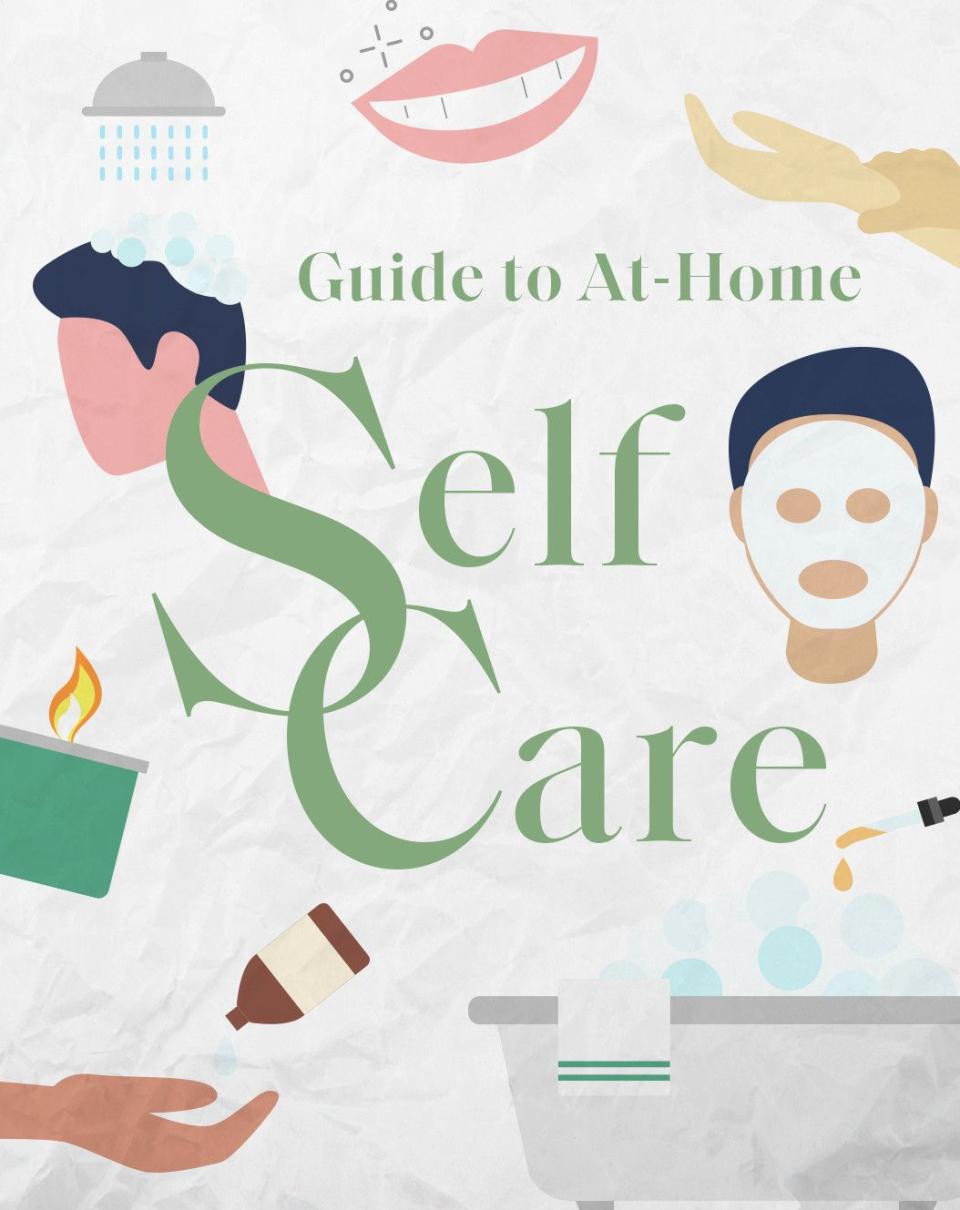
We here at Esquire are at home. Just like you, we're not used to it. Our free time, when we're not checking emails and updates and push alerts, stretches on and on. And so we've figured out a few ways to fill it that we can't recommend enough. Here's one.
I know I’m not alone in saying that turning on the news right now (or looking at Twitter or reading the newspaper) is enough to send my anxiety through the roof. What’s happening around the world is scary, and while it can be hard to wrap my head around what’s going on outside, I do know the best thing we can all do right now is stay home and self-isolate.
But that presents its own issues. I am most certainly not up against the same challenges as front-line medical professionals or essential workers, but staying within the walls of my 575 square foot apartment with another person and a dog has proven an exercise in anxiety management that I was not prepared for. And while I am a certified self-care enthusiast (I literally wrote a book about it), it has pushed even my extensive routines to the limit.
The thing is, self-care is exactly what we all need right now. So much of our typical stress management tools lie outside our homes. Now we can’t head to the gym to work off aggression or visit the ice cream shop down the street to stress-eat a sundae (just me?). Instead, we need to rethink how we manage stress with what is available to us right now. And there’s no better way to do that than at-home self-care.
“Self-isolating fuels symptoms of anxiety and stress,” says Dr. Samantha Boardman, Founder of Positive Prescription and Clinical Instructor in Psychiatry and Assistant Attending Psychiatrist at Weill Cornell Medical College. By default, people crave personal connection. But when that’s taken off the table, at least in the way we’re used to it, self-care can actually help reduce anxious feelings. Take baths, for instance: “I was skeptical about any benefits of some self-care practices like taking baths,” she says, “but a study found that people who took warm baths reported less fatigue and better moods than those who took a shower.” Other self-care practices like aromatherapy have been shown to be effective at improving mood and well-being, as well.
Self-care can mean a lot of different things, but at its core it refers to anything you can do to make yourself feel good. This could be washing your hair, taking care of your skin, lighting a candle, or yes, taking a bath (or, if you’re like me, all of the above). Now is the time to experiment and figure out what works for you. If you don’t already have a self-care routine, any of the entries in this guide is a great place to start.
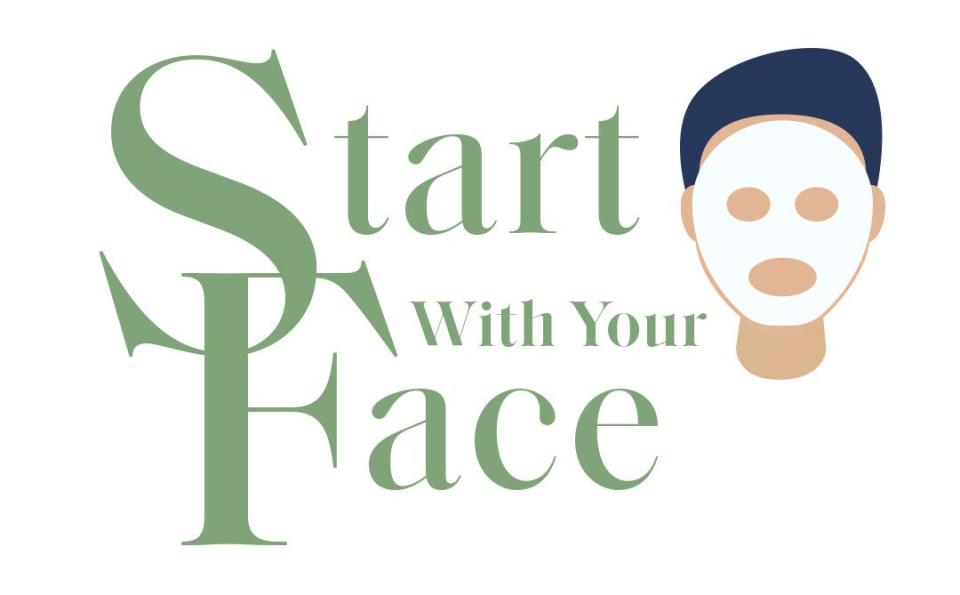
It goes without saying that a regular skincare routine is something every guy should have, but in times like this, you may want to pull out the big guns. “Unless you’re a robot, stress levels are very high right now,” says celebrity aesthetician Joanna Vargas. “Heightened stress raises cortisol levels in your blood, which can cause breakouts, excessive skin sensitivity, dry patches, and all sorts of treats for your skin.” Pair that with all the junk food you’re eating and the air quality inside your home, and you could be in for a full-on skin freakout. Keeping up with your skincare game is one thing, but giving yourself an at-home facial once or twice a week could help you and your skin chill out a bit. “Plus it’s a nice moment to take time for yourself,” she says. It’s simpler than you think.
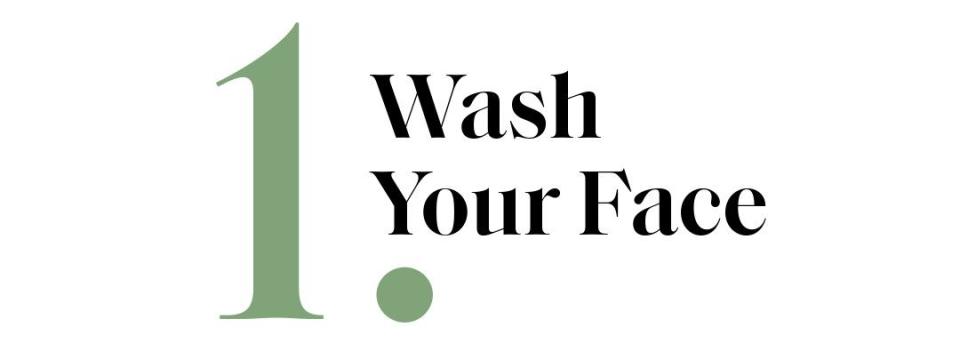
“Always start a facial with cleansed skin,” Vargas says. Use your usual cleanser, but spend a little extra time massaging it into your skin. Vargas recommends at least a minute, and to rub it onto your face using small circular motions to make sure it penetrates well and removes all the impurities.

“It wouldn’t be a facial without exfoliation,” which helps remove dead skin cells from the surface of your skin and allows the products you put on later to penetrate better, Vargas says. She's a fan of physical exfoliators like scrubs, but you can use a chemical exfoliant like a glycolic acid toner instead. Concentrate on your t-zone (your forehead, nose, and the area between the eyes), which is where blackheads are more common.

After you exfoliate, it’s time for the treatment phase. A sheet mask is ideal, since the targeted treatment sits on your skin and can penetrate deep into your freshly-scrubbed face. Smooth the sheet mask over your face with downward strokes to make sure it sticks everywhere and then rub some excess serum down onto your neck. If you don’t have a sheet mask, use some hydrating serum or face oil instead. Once you’ve applied your mask or serum, massage your face with small circular motions “to increase circulation and encourage lymphatic drainage,” says Vargas.
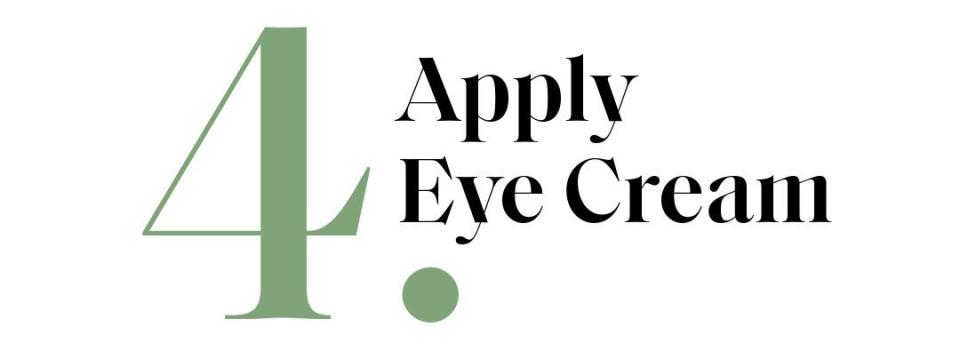
Follow up the mask and massage with a hydrating eye cream. Eye creams are a must for men, according to Vargas, because that’s where men typically notice signs of aging first, not to mention dark circles or bags (which can happen if you’re up all night because you’re too anxious to sleep). Gently tap the cream into the delicate skin under your eyes with your ring finger.
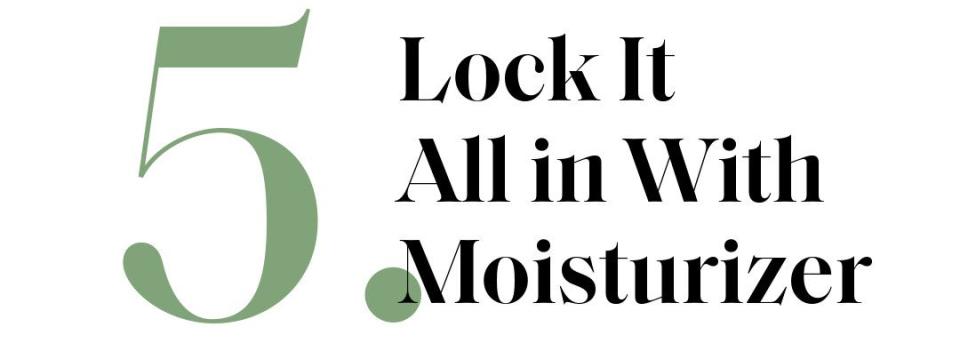
Finally, apply a generous helping of moisturizer on top of everything. Moisturizer will not only keep your skin hydrated and healthy, but it helps lock in all the other products you’ve used so they can penetrate better instead of evaporating into the air.
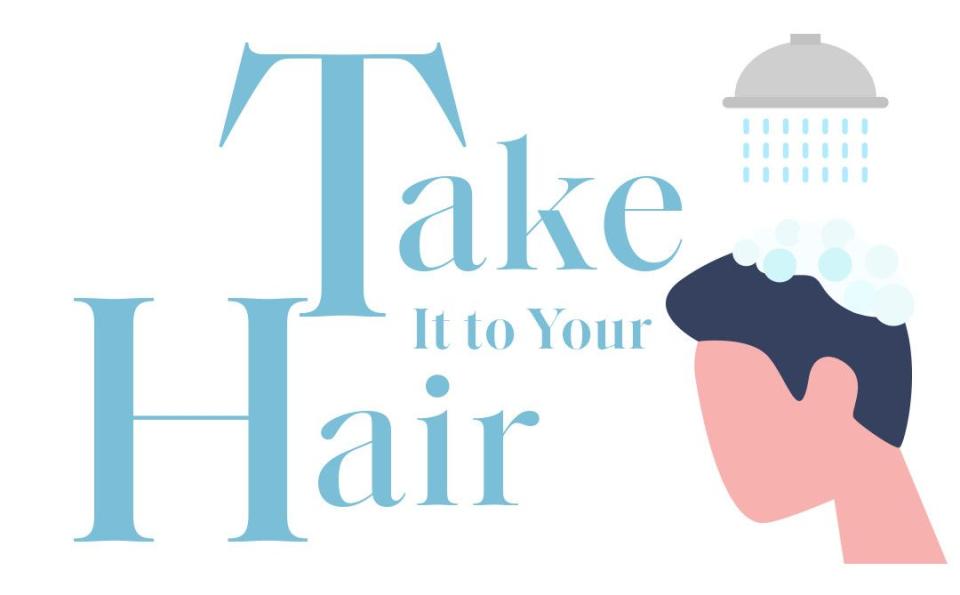
When you’re working from home all day and staying in at night, it’s easy to convince yourself it doesn’t matter if you take a shower. In stressful times, often our personal grooming routines are the first to go down the drain. But even if your hair looks fine after a few days of not shampooing, there are other things going on that you might not be able to see. “When hair feels dirty, dull, or unattractive, it’s the result of sebum (oil) production, product buildup, and environmental components,” says hairstylist and trichologist Bridgette Hill. “Your scalp is a living organism with a complex composition and your hair can be impacted by what’s happening beneath.” Skipping your hair-care routine could make your hair look not-so-great in the short term and possibly lead to scalp issues down the road. Plus there is some evidence to show that when your hair looks good, you feel better too. A hair care-routine beyond shampooing takes a bit more time, but there’s no time like the present to go a little deeper.

Using things like bar soaps to wash your hair, instead of shampoo, “could cause bacterial disruption” and make underlying scalp issues like dandruff worse, says Hill. This doesn’t mean you have to shampoo every day. In fact, some hair types (like thick, wavy hair) could benefit from skipping shampoo every few days. But when you do wash your hair, use shampoo.
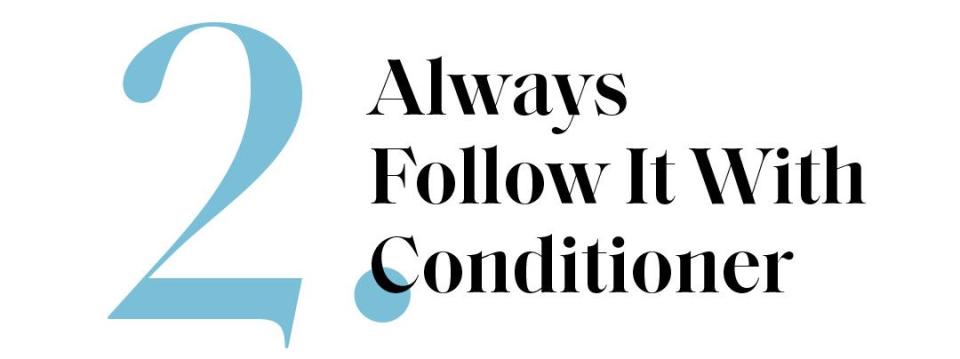
Conditioner helps replenish moisture and lipids that can be stripped after cleansing and helps keep hair hydrated and soft. It’s especially necessary if you have longer hair, since it “helps control the weight of your hair so your scalp gets more air,” says Hill.

If your scalp is itchy (which can happen when you don’t clean it often enough), use a pre-shampoo treatment to calm it down and protect it during the shampoo process. Apply a pre-treatment that’s rich in good oils to your dry hair and massage it into your scalp with your fingers. “A good head massage when you have time helps increase circulation to the scalp,” Hill says.

Doing a regular hair mask, like a deep-conditioning treatment, may not be something you have time for in real life. But now that you have time, doing a mask even once a week “lays the foundation for great hair,” says Hill. The longer you leave the mask on, the better, but even three to five minutes is enough to hydrate your hair deeper than your usual conditioner.
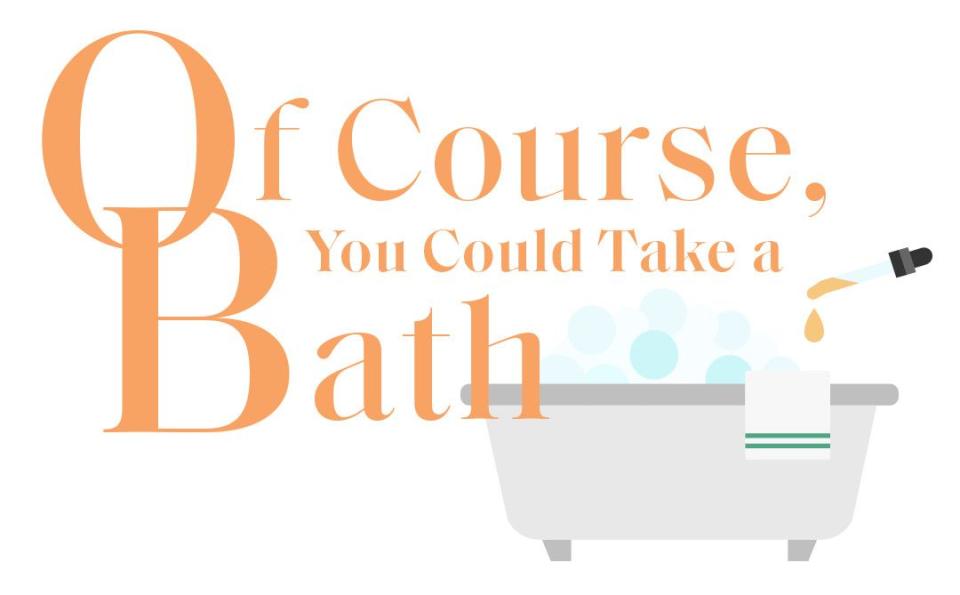
Baths are a cliche of self-care; just take a look at #selfcare on Instagram to see what we mean. But even if you’re not jumping at the idea of drinking wine in a bathtub surrounded by enough candles to put a Catholic church to shame, baths are something you should definitely consider now that you have a little extra time. Apart from their mood-lifting abilities, baths have been shown to ease muscle tension, improve circulation, and boost metabolism. They’re also a traditional remedy for dry skin issues like eczema and psoriasis. “Baths are good way to hydrate,” says dermatologist Dan Belkin, MD, who also notes that adding other ingredients to the water can help make the experience work for you. “A lot of people use bath salts like Epsom salts, which also have some potential antiseptic properties,” he says. Ultimately, the biggest reason baths are cornerstones of self-care is because you’re forced to unplug and relax (we don’t recommend taking your phone into the bathtub with you). To make the most of your bath time, follow these steps.
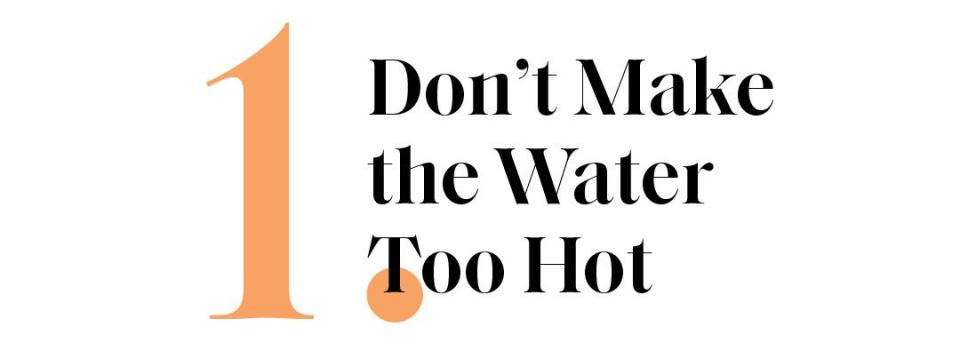
“Hot water strips the oils away from your skin and can also cause inflammation,” says Dr. Belkin, who cautions against very hot water especially if you have dry or sensitive skin issues. Fill your tub with warm, but not hot, water instead. If your skin turns red from the water, it’s way too hot (add some cold water to even it out).

Traditional bubble baths contain sulfates, which can dry your skin out, so instead add some other ingredients to up the ante. “Epsom salts are made from magnesium, which is really good for you,” says Dr. Belkin. These salts have been shown to relax muscles and help calm your body. Oatmeal is another good option. “It contains proteins that can be helpful to hydrate your skin,” he says, which is why colloidal oatmeal baths are used to treat eczema and psoriasis sufferers.
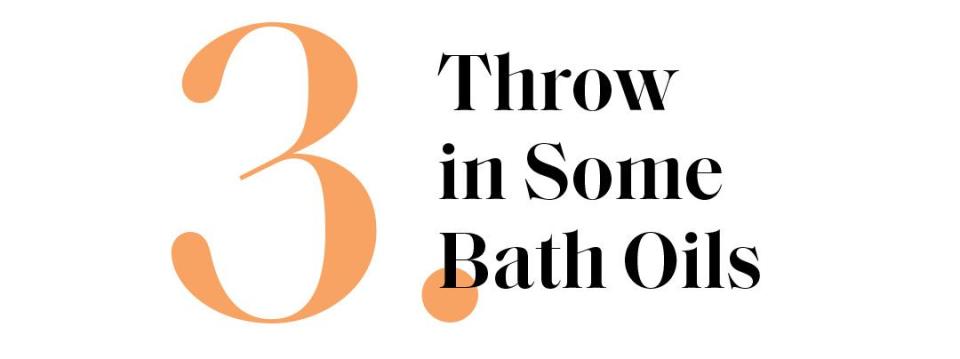
Adding some soothing oils to the bathwater will not only help hydrate and soften your skin, but many contain essential oils that release fragrance in the air. A bath is the perfect time to utilize aromatherapy to help release stress and chill out an overactive mind.

You’d think that sitting in a tub of water for a while would over-saturate your skin, but once you get out the opposite can happen. “When you get out of the bath, you need to lock in the hydration with moisturizer,” says Dr. Belkin. Using a body lotion once you dry off will keep the moisture from evaporating off of your skin.

Speaking of aromatherapy, you can use it in other areas of your life, not only while you’re taking a bath. Smells are powerful, and while fragrance won’t ever take the place of other healing techniques, it is “a complementary modality for health and wellness,” says certified aromatherapist Melissa Medvedich. As we breathe in certain scents, “these molecules enter our bloodstream and set off our limbic system, which is the part of the brain that controls emotions,” she says. Specific smells, like lavender, have been shown in studies to have a measurable impact on brain activity, particularly our moods. It’s precisely this property that has made aromatherapy one of the most important tools in anyone’s self-care arsenal. But how you use it is up to you.

Diffusers, and similar waterless devices call nebulizers, easily disperse scents through a larger area like your living room or bedroom. Adding some essential oils to a diffuser can immediately change the vibe of a room and help you calm down or even sleep better.

If you’re not pyro-phobic, scented candles can work as well as diffuser to alter your mood. Many contain a blend of essential oils, so look for notes of lavender or Roman chamomile to relax, or citrus notes, like lemon or bergamot, if you want to perk up and stay focused.

When you’re using straight-up essential oils, like in a diffuser, look for high-quality ones. “Essential oils that are high in esters are usually the ones that are associated with alleviating anxiety and stress management,” says Medvedich. She advises against putting pure essential oils directly onto your skin, since they could cause irritation or a reaction. If you’re going to try, mix them with a carrier oil like sweet almond oil first.

Just because something says it’s going to relax you, doesn’t mean it actually will. If you don’t like the smell of lavender, you’re going to focus more on how it smells than what it could do for you. Feel free to “experiment with a lot of oils and figure out what speaks to you,” Medvedich says.
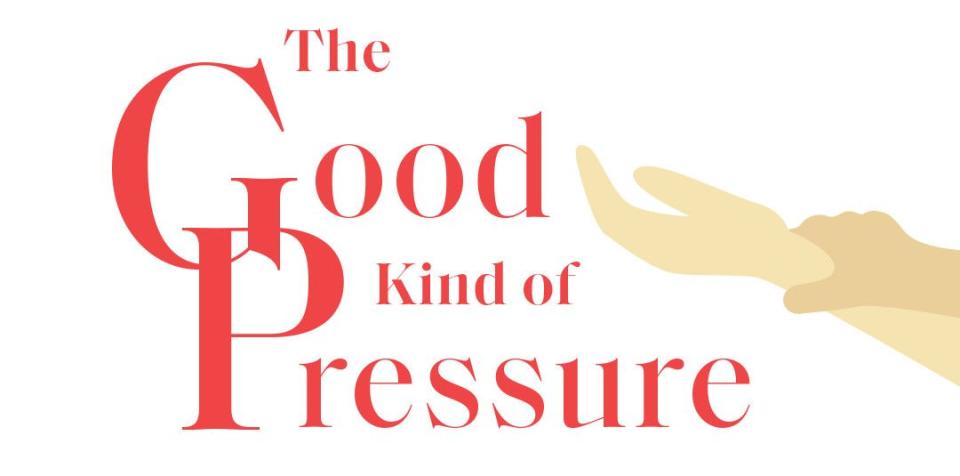
Acupuncture, while a proven stress and anxiety relieving tool, is not something you can easily do on yourself, even if you’re a trained professional. But you can still use the general theory to help chill you out when you need it. Instead of taking needles to your body, use acupressure, which is basically the same idea, but using your own hands to press or tap pressure points instead. “Acupressure is essentially massage on specific points based on the same Eastern medicine theory used in acupuncture,” says Dr. Robert MacDonald, DAc, Lac, LMT, Co-Founder and Chief Clinical Officer of Area 25. The benefit of something like acupressure is that you can do it anywhere and you don’t need any tools, just your fingers. “These points can ground and strengthen you,” says Dr. MacDonald. It’s a small thing to help take back control when things feel overwhelming. “You can’t overdo it,” he says, so tap or press away.
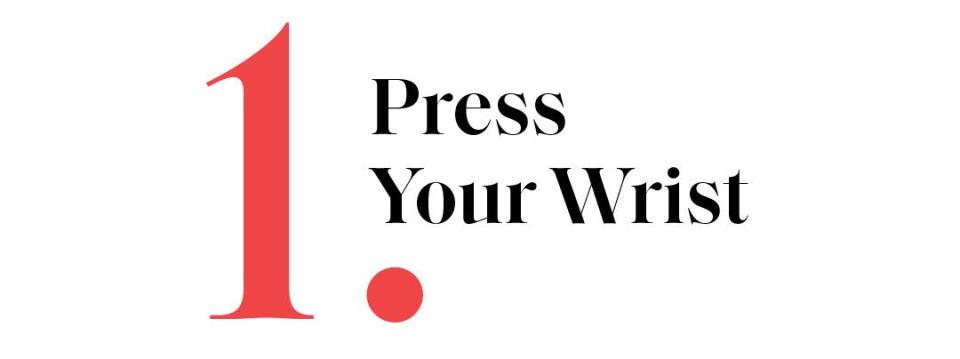
At the center of your inner wrist (about 1 inch down from the crease), is a point that helps reduce anxiety and helps regulate energy (like if you’re starting to freak out). Press your thumb firmly onto the spot for a few seconds and then release. Repeat that five times.
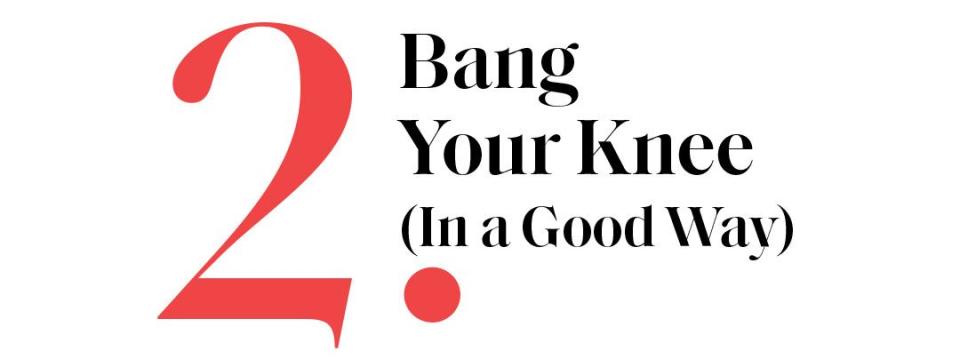
The spot just below your knee just on the outside of your shinbone is a spot that helps to increase energy and ground (calm) your body and mind. “When you’re feeling like you can’t take it anymore, this is the point to press,” says Dr. MacDonald. Sit with both feet firmly on the floor and use your fist to “lightly bang the point like a drum for thirty seconds.” Repeat that three or four times.

Imagine where your third eye would be: between your eyebrows and slightly above your brow bone. That’s an acupressure spot that “causes a state of greater calm and relaxation,” MacDonald says. Use your middle finger to rapidly tap the point for about 60 seconds then stop. You’ll feel the point being stimulated even after you stop tapping (like a phantom tap) as well as an immediate calm. You can not do this too often.

What can immediately make you feel (and look) more put-together when you’re about to get on a Zoom call with your boss? White, clean teeth. And while I hope we don’t have to tell you that brushing your teeth should be part of your regular hygiene routine, making your teeth look better can definitely be classified as self-care. After all, who doesn’t smile more when their teeth look shiny and bright? Now that you have some extra time on your hands, taking a few extra minutes to whiten your teeth is always a good idea. But first, you need to understand how to do it. “Whitening is just removing surface stains,” says cosmetic dentist Brian Kantor, DDS, which is why toothpastes can be considered whiteners. “Bleaching is different,” he says. “A bleaching product contains hydrogen peroxide and removes stains to make teeth whiter than they were before.” You can bleach your teeth safely at home, as long as you do it right. “Don’t bleach your teeth if you have not been to the dentist in years,” says Kantor. “If the bleach gets into decay, it can cause extreme sensitivity.” This is how to do it.

“What makes a bleaching product work better is the concentration of hydrogen peroxide and how well it remains isolated on your teeth,” says Kantor. He recommends white strips because the amount of hydrogen peroxide is high for an over-the-counter product. And since they stick to your teeth, the peroxide has time to go to work instead of getting washed off.

If you didn’t have time to go to the store before isolating, you can still whiten your teeth with the help of old-school medicine cabinet standbys. “Mix hydrogen peroxide and baking soda into a toothpaste-like consistency and that will actually act as a bleaching agent,” Kantor says. “It’s not going to stay isolated on your teeth, but it’s a good natural stain remover.”
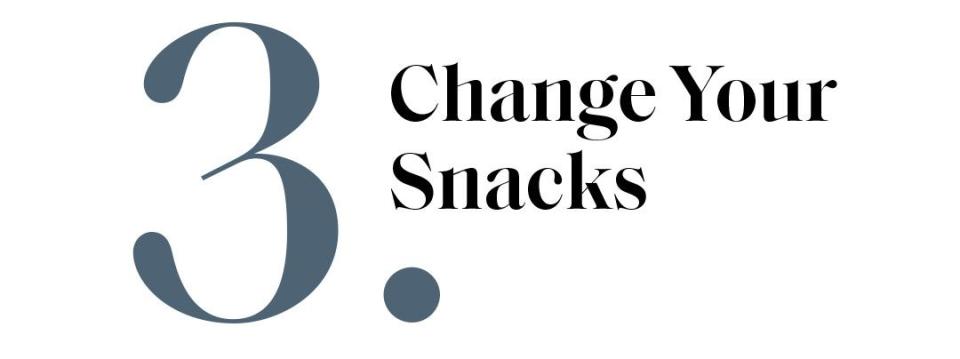
All those sugary snacks you’re stress-eating aren’t just causing you cavities. Sweets, along with sticky carbohydrates, can linger on your teeth and cause stains and make your teeth appear darker, according to Kantor. Eating crunchy fruits and vegetables, like celery, carrots, and apples, can actually scrub stains from your teeth while you’re eating them. If you do opt for candy, rinse your mouth out with water after you eat it.

Like in-office whitening treatments that use certain forms of light to help whiten your teeth, you can now use LED-assisted whitening devices at home, too. “That light stimulates and increases the chemical reaction of the hydrogen peroxide on the teeth,” says Kantor. Using a light-assisted kit could mean you see an even whiter smile in a shorter amount of time. Just remember, the light itself isn’t going to whiten. You still have to pair it with hydrogen peroxide to see the effects.
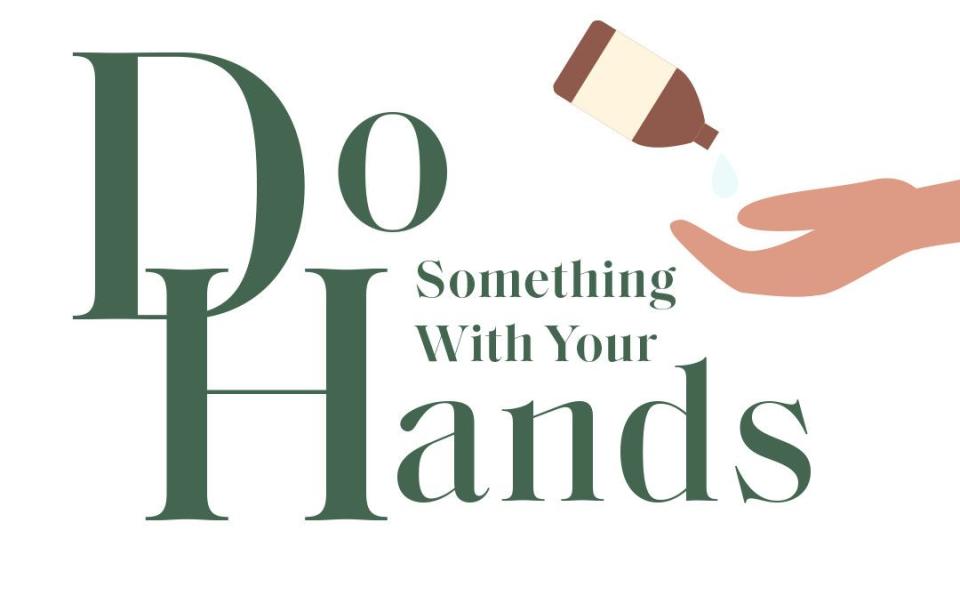
No self-care list right now would be complete without talking about your hands. You’re washing them a lot (good!) but the more you wash them, the drier and more uncomfortable they feel (bad!). The solution here is not to stop washing your hands, but instead take steps to keep them moisturized and healthy. Dry hands aren’t just painful and sad to look at; if hands become so dry that they become cracked, it opens them up to germs and infection. “Your hands come in contact with a lot of allergens and irritants,” says Dr. Belkin. “Hand dermatitis (irritation) is very common, especially now with people washing their hands a lot.” That’s where hand lotions come in. If you’re not already using them, start now.

Dr. Belkin recommends using ointments or lotions that contain petroleum-based ingredients because they form a physical barrier on your hands that holds moisture in. Apply it every time you wash your hands to ensure the highest amount of moisture stays put. It’s all about “reinforcing the skin barrier,” he says.

If you’re not great at remembering to moisturize all day, at the very least do it at night. “At night, you’re not touching everything,” says Belkin, which means there’s less of a risk of the lotion rubbing off it before it can get to work. For extra credit, or if you have extra-dry skin, slather your hands in lotion and slide gloves over top before you go to bed. The gloves will help your hands soak up more moisture without it getting all over your sheets.
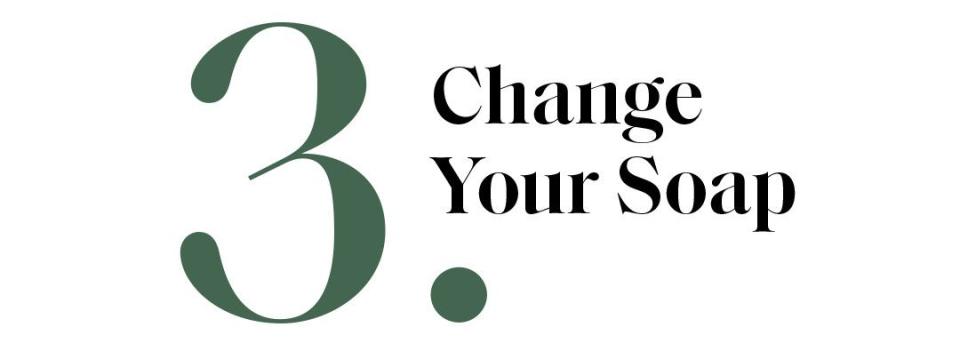
Many traditional hand soaps clean well, but they also strip away the natural oils on your skin, in the process leaving your hands overly dry and crusty. Instead, look for a gentle hand soap with synthetic detergents that are more gentle and are designed to help your hands retain moisture. “They’re still effective against [germs],” says Dr. Belkin.
Illustration & Design by Mike Kim
You Might Also Like

